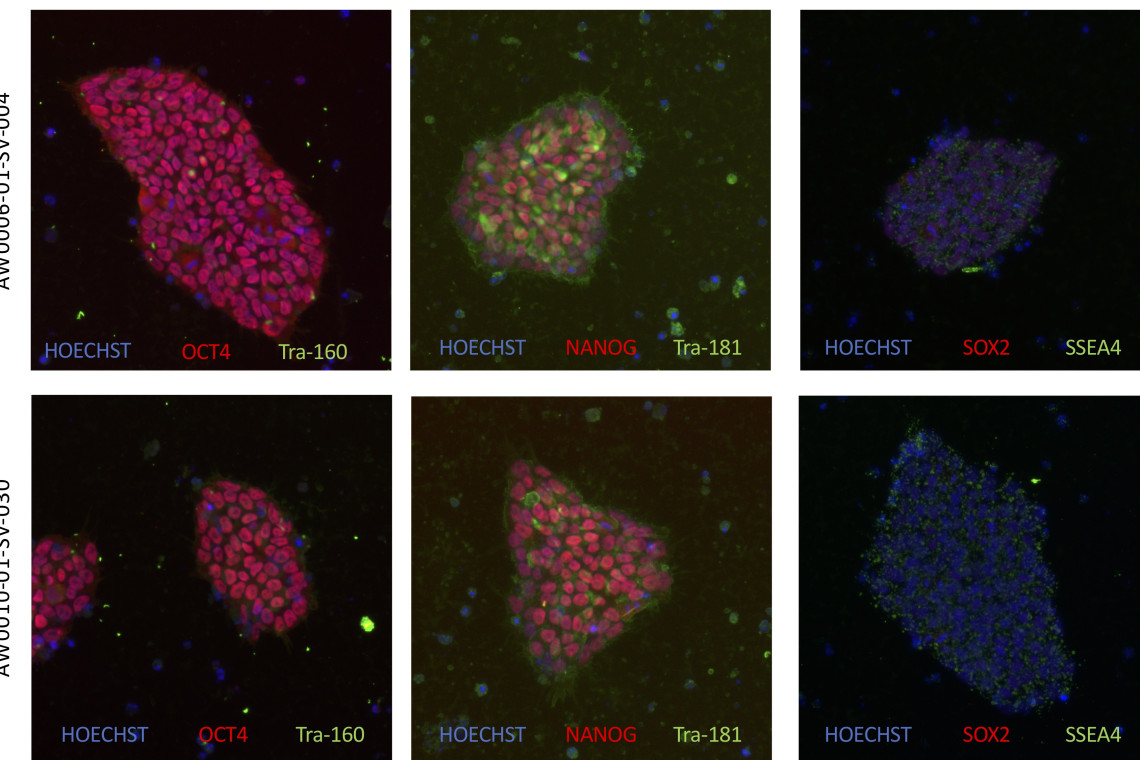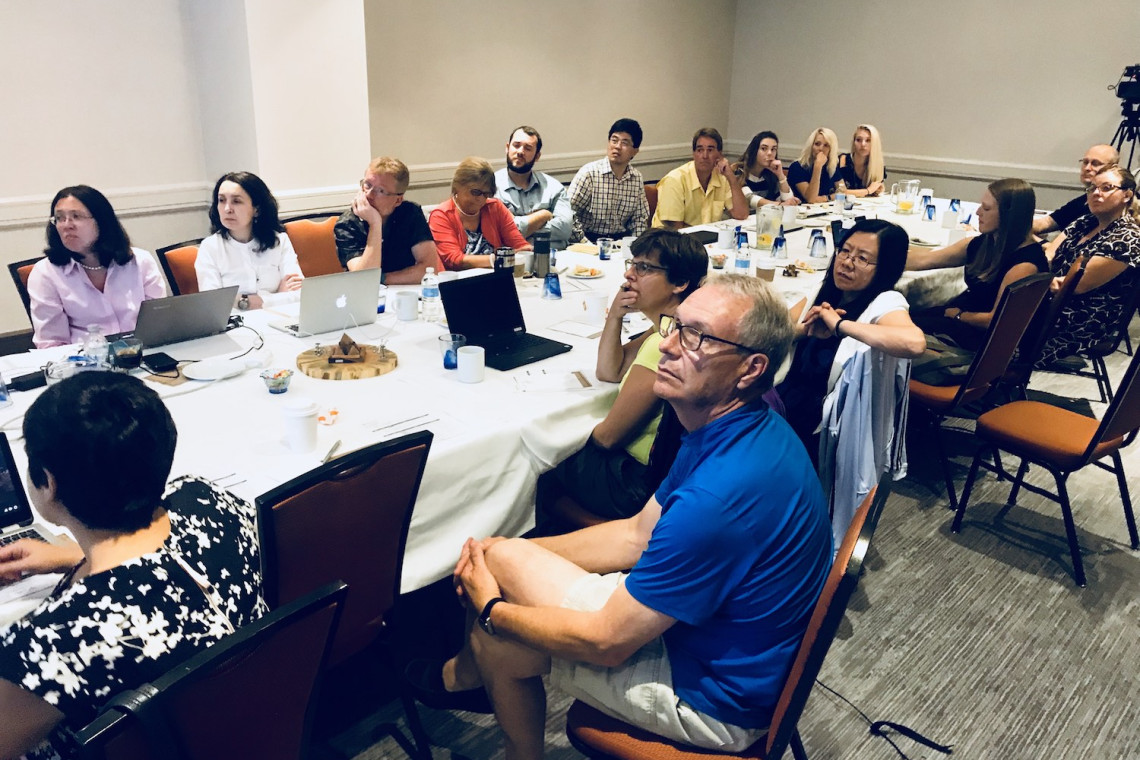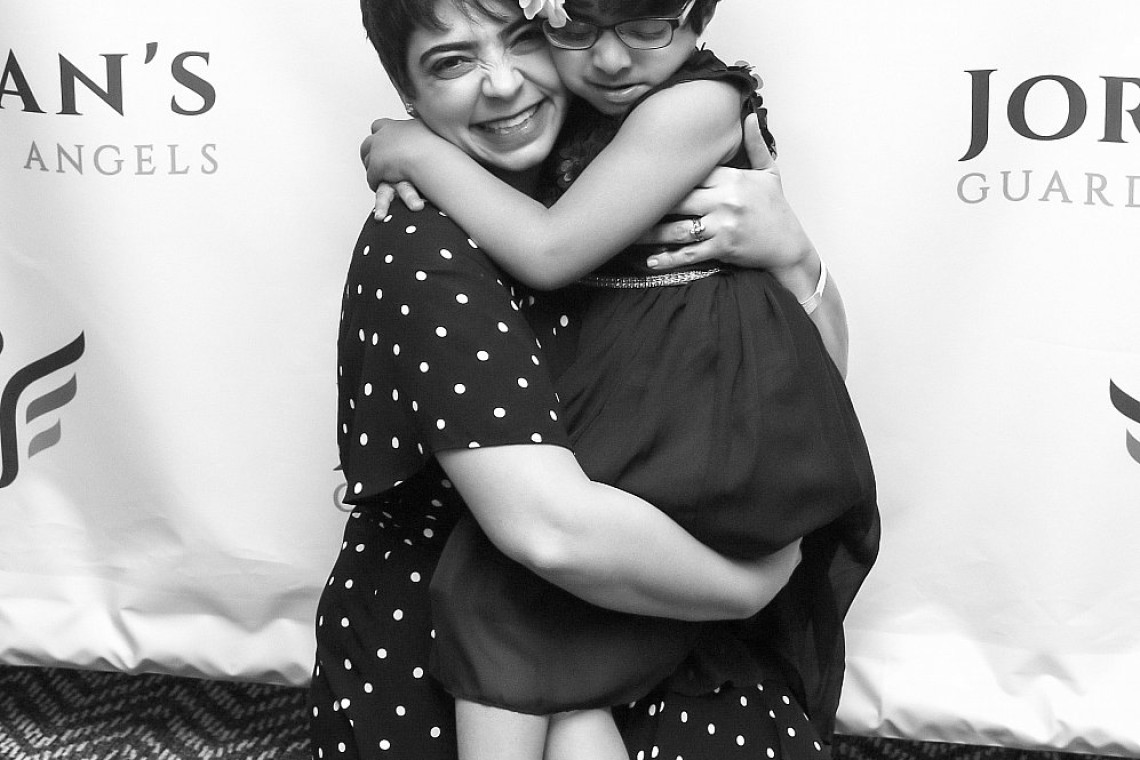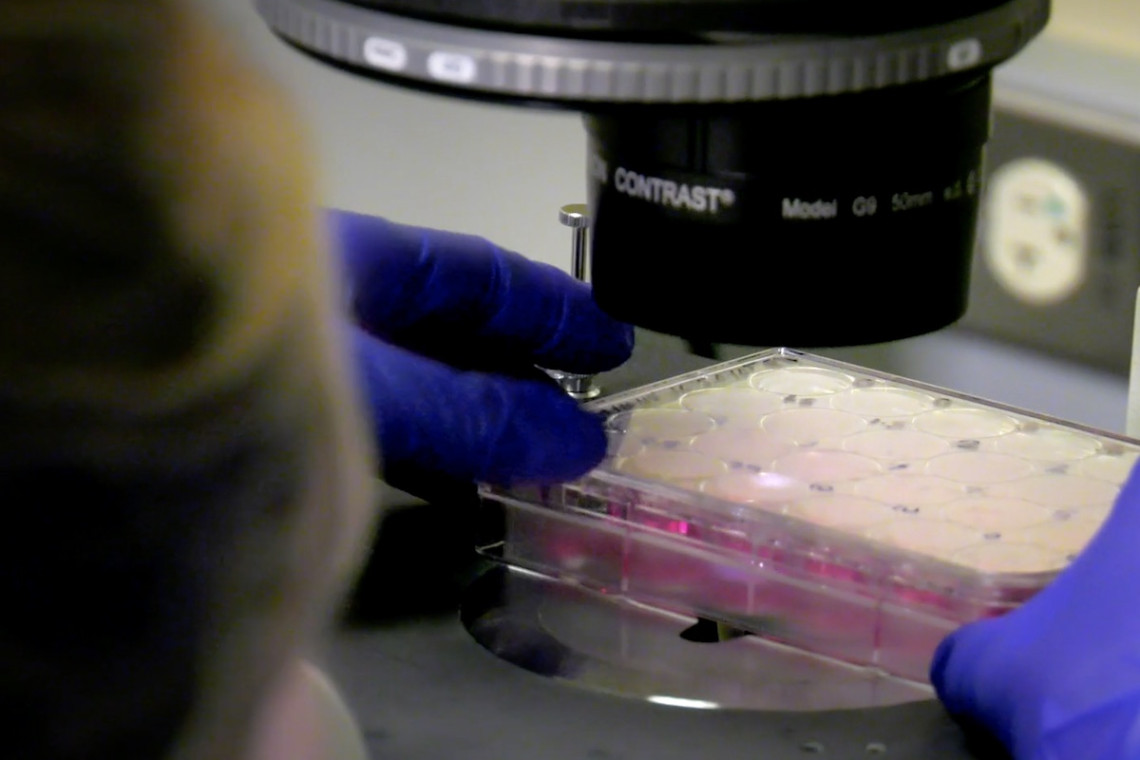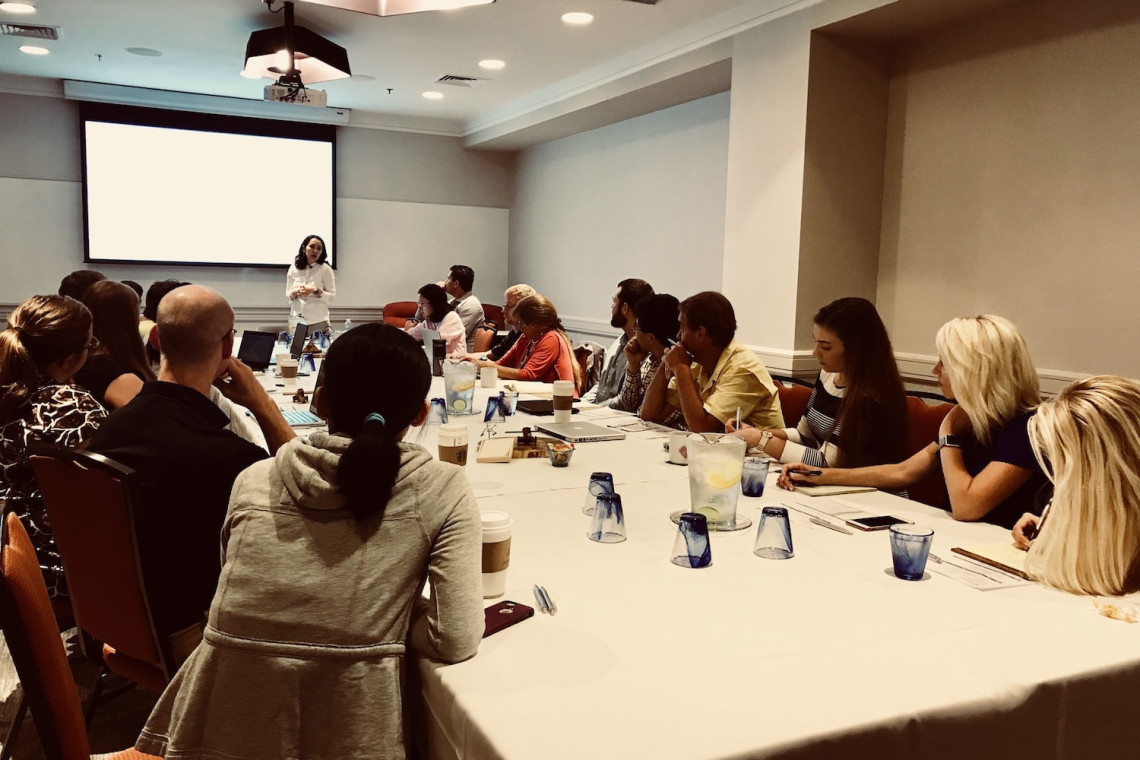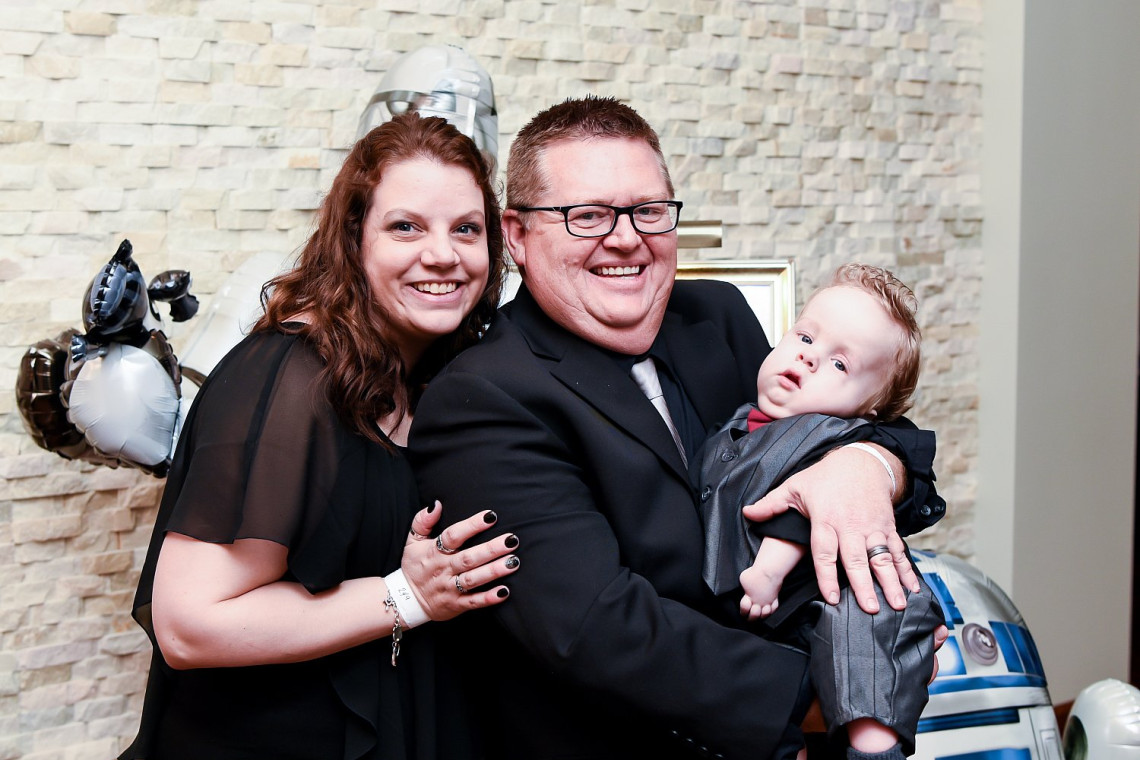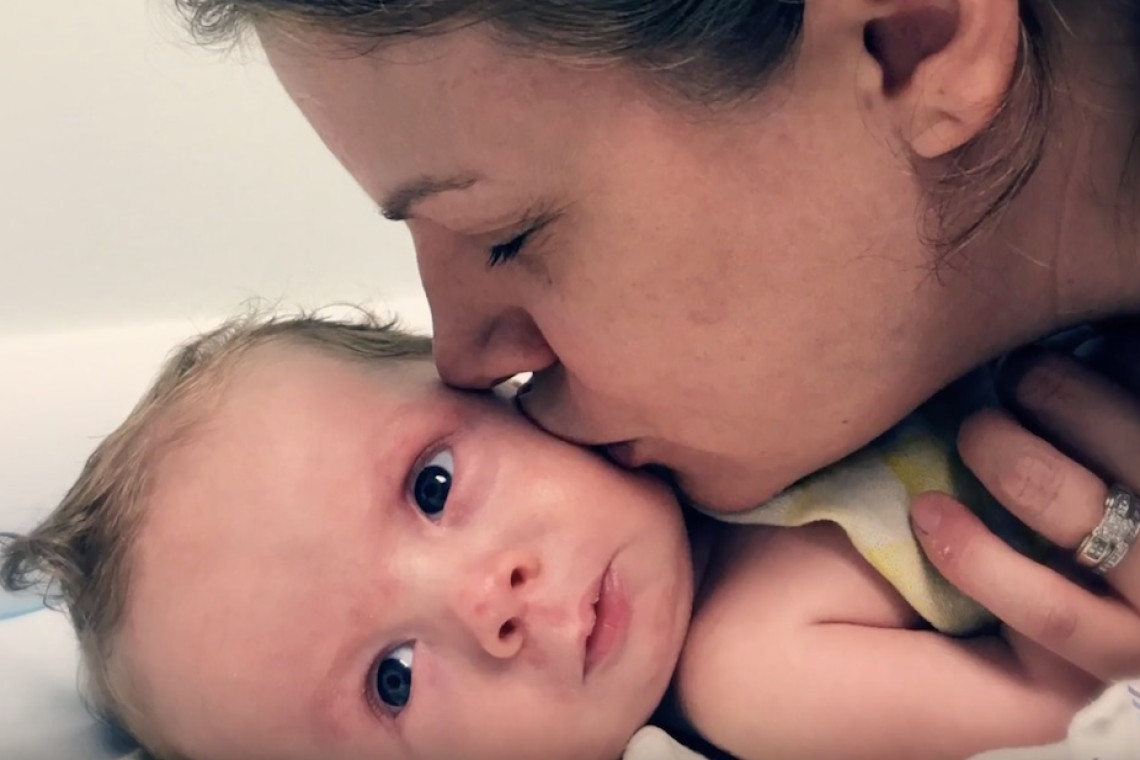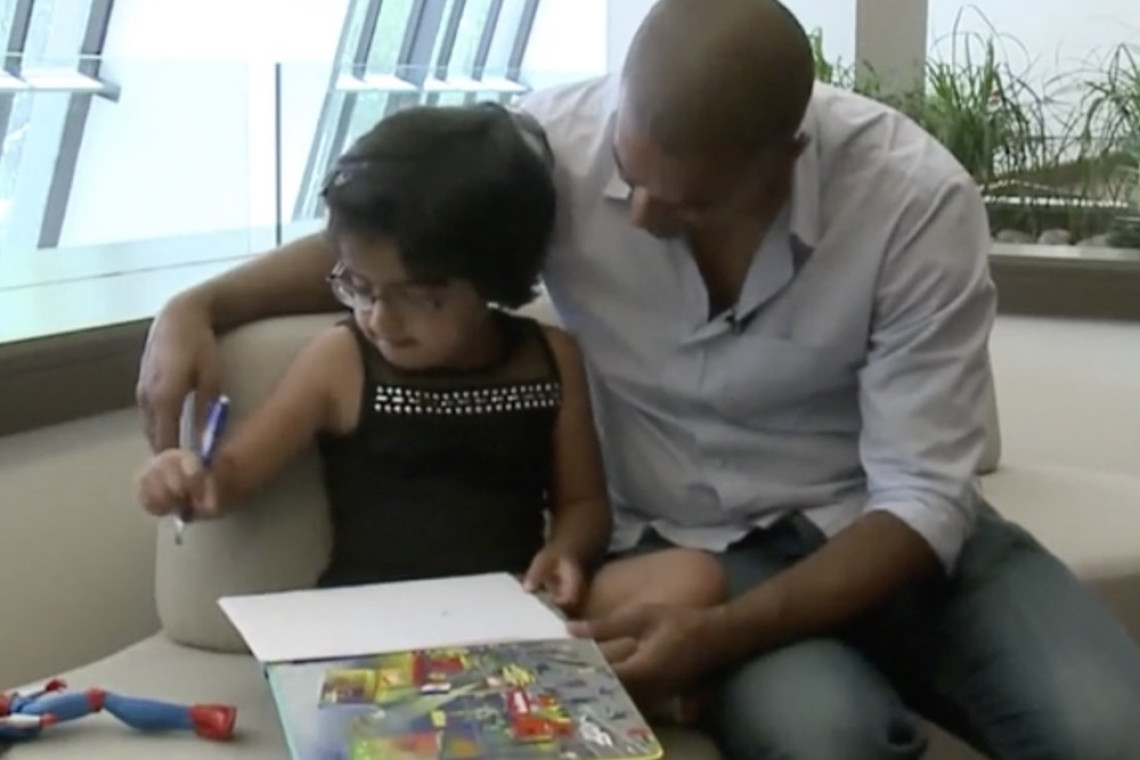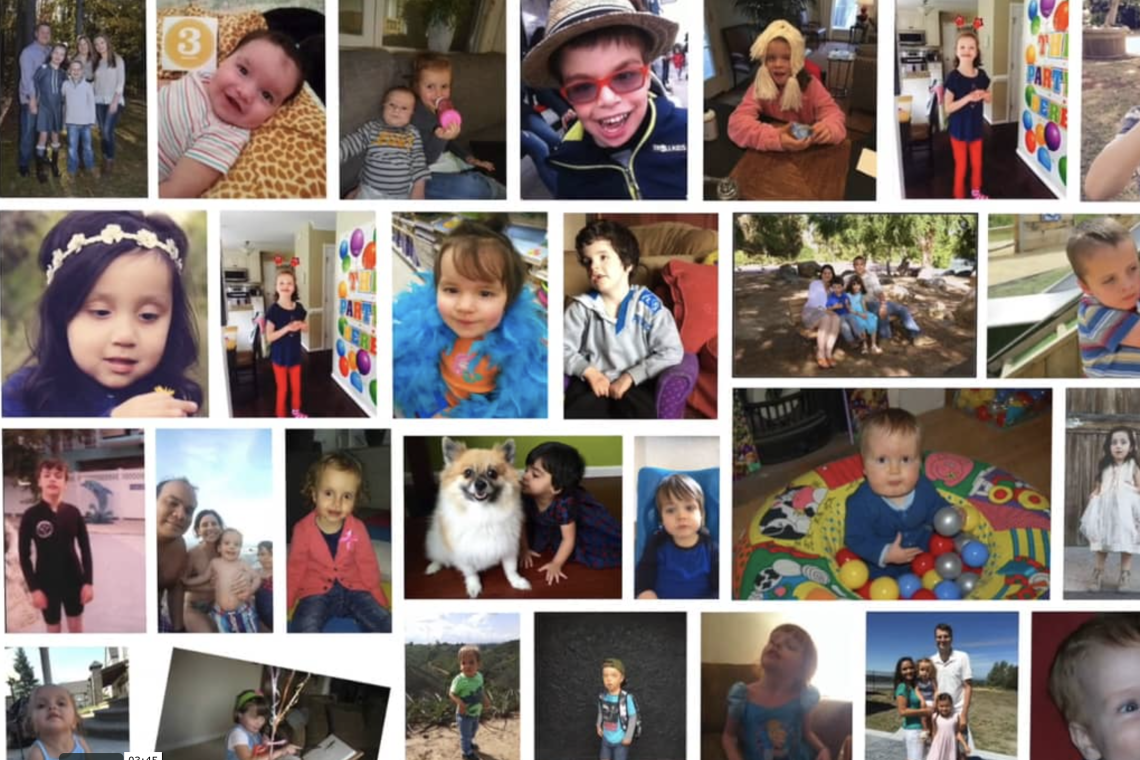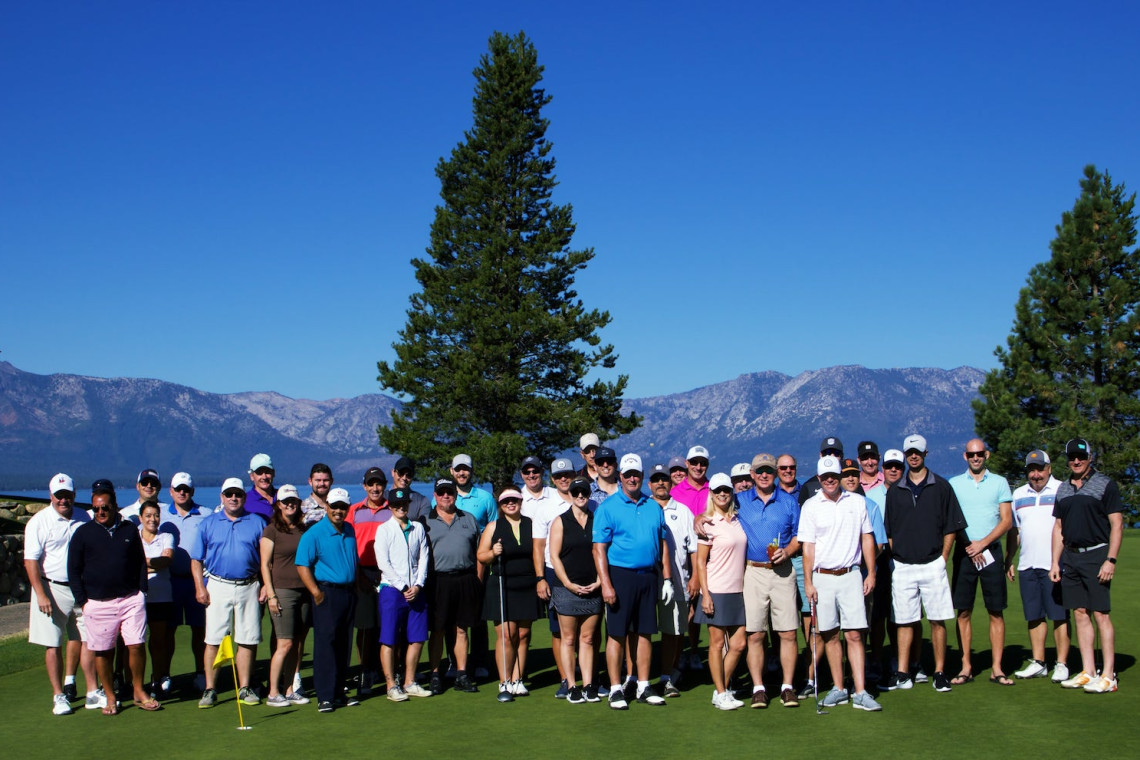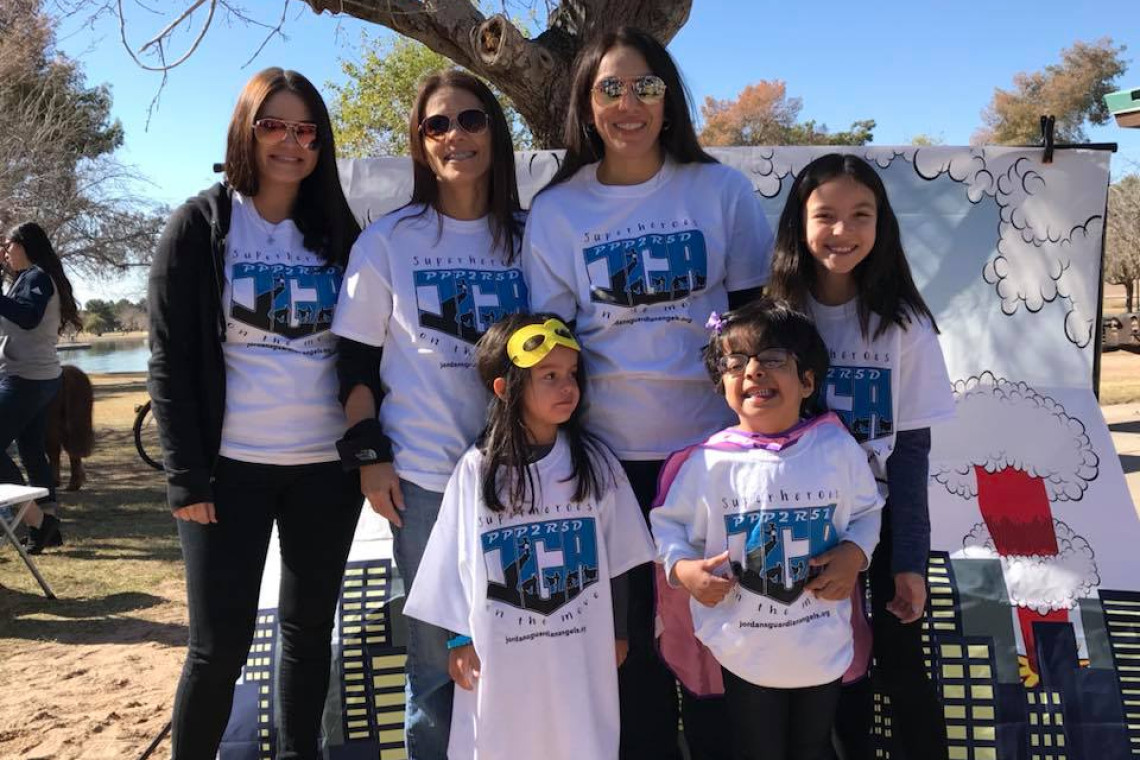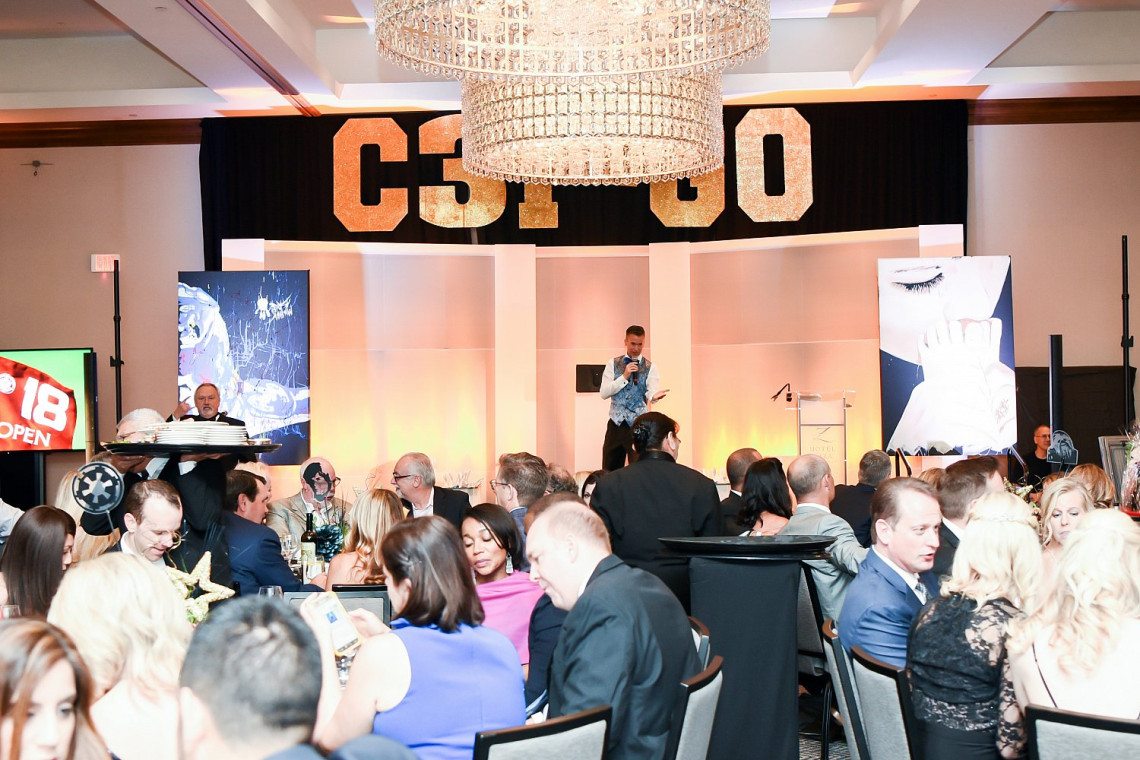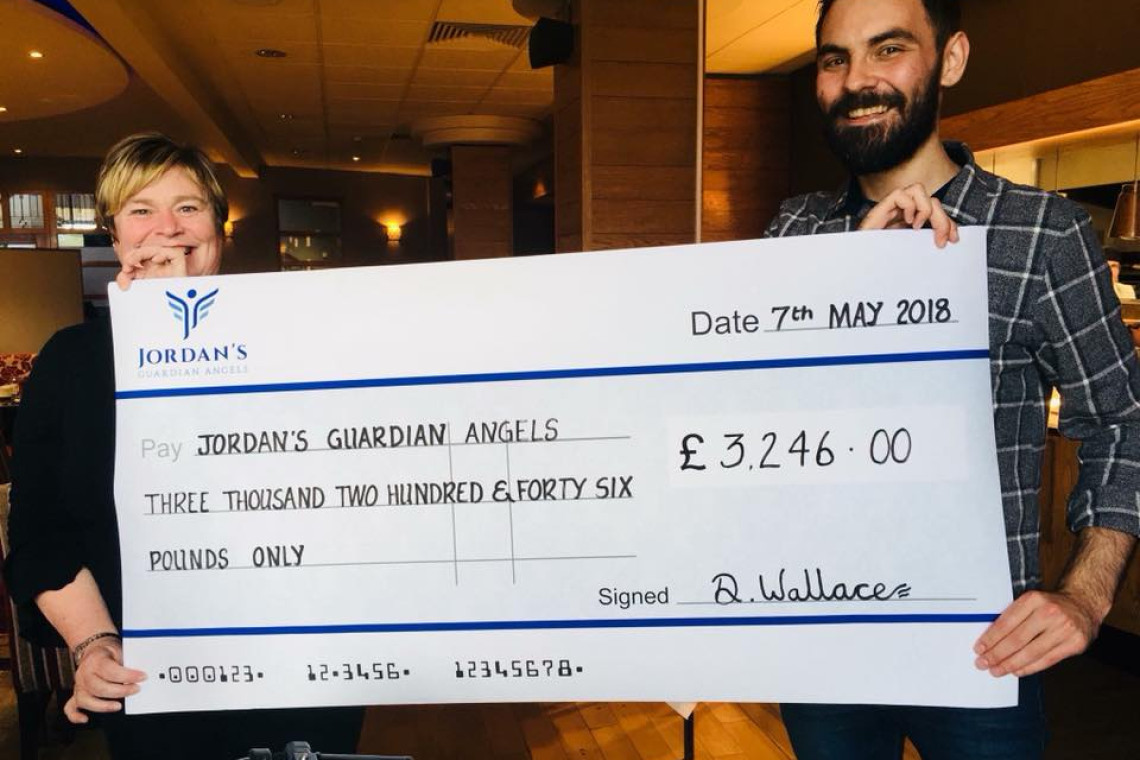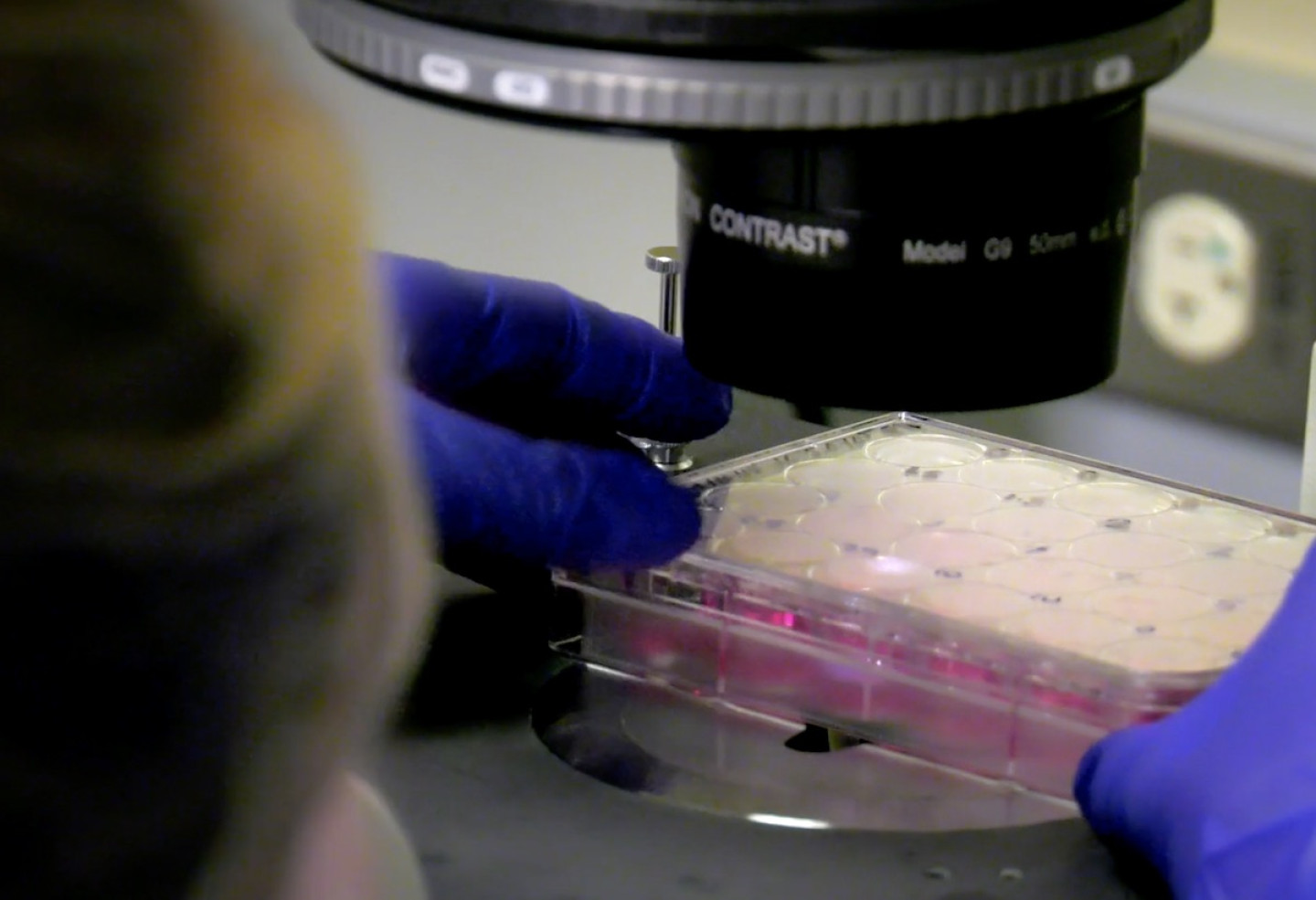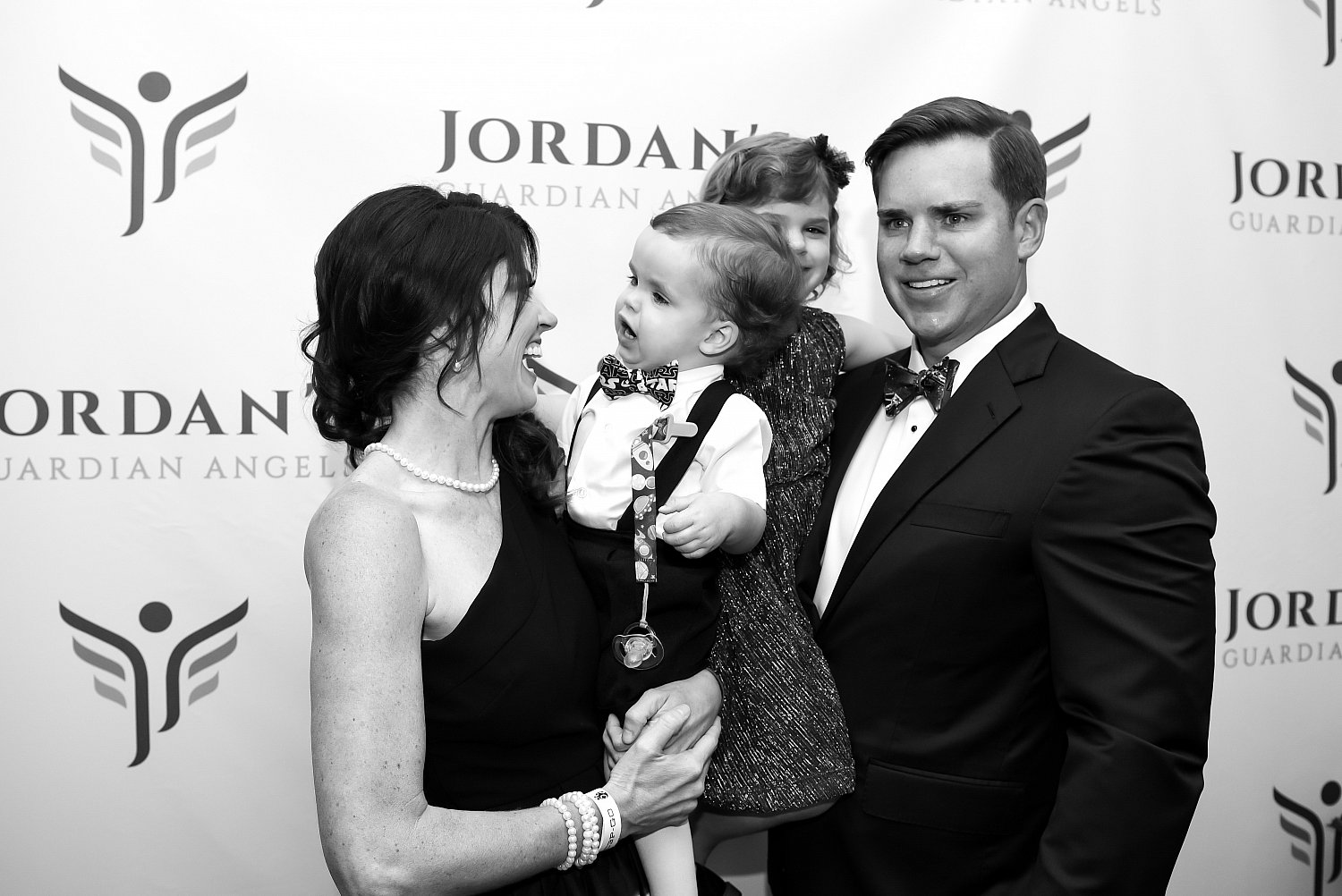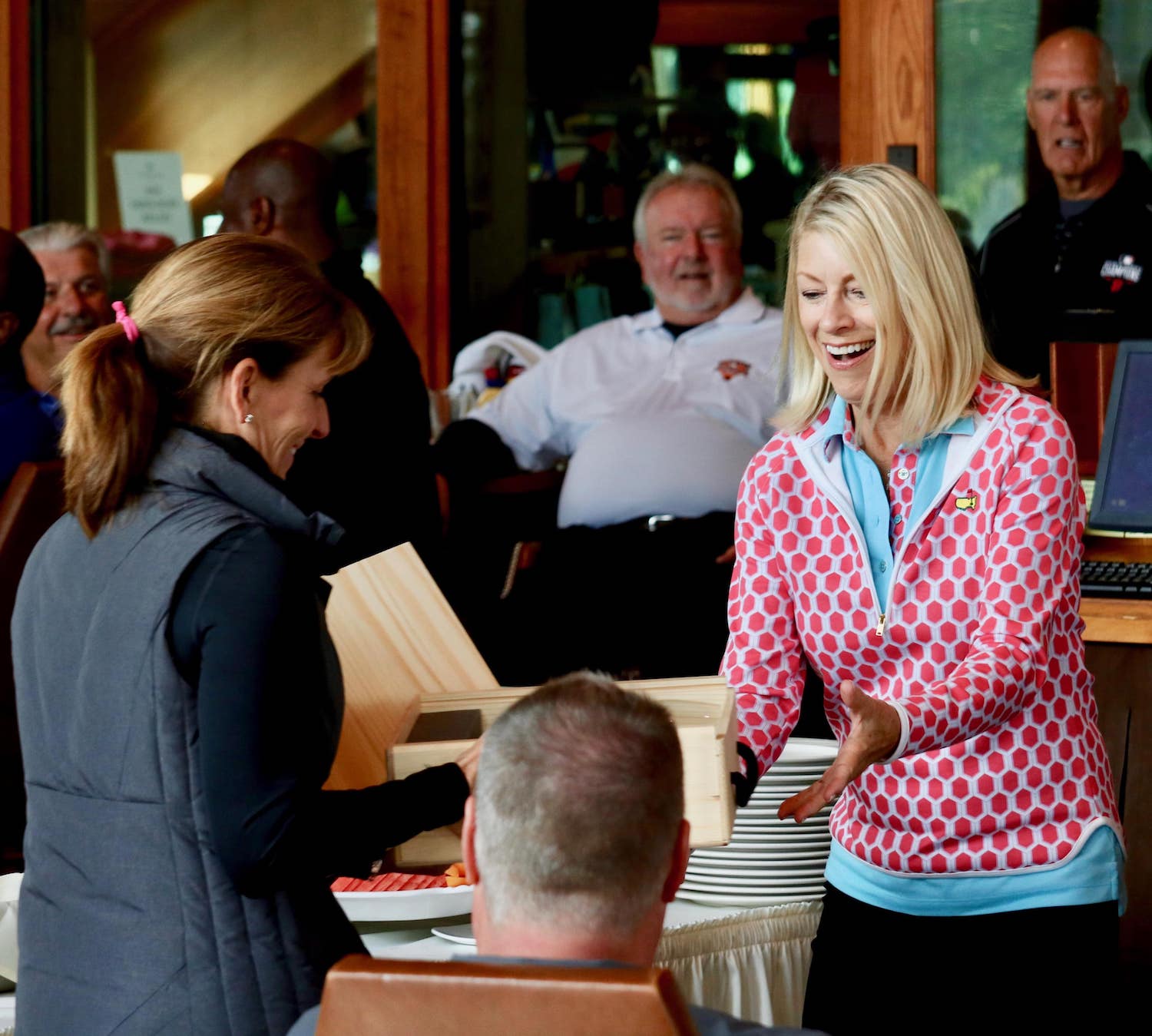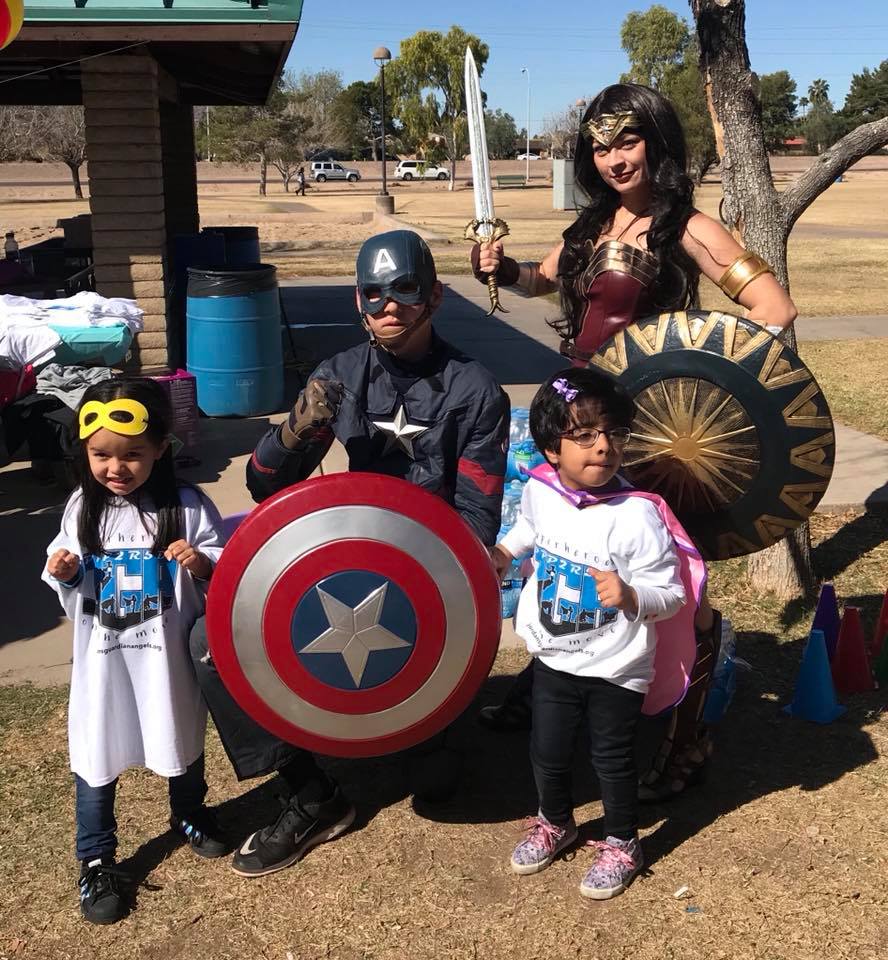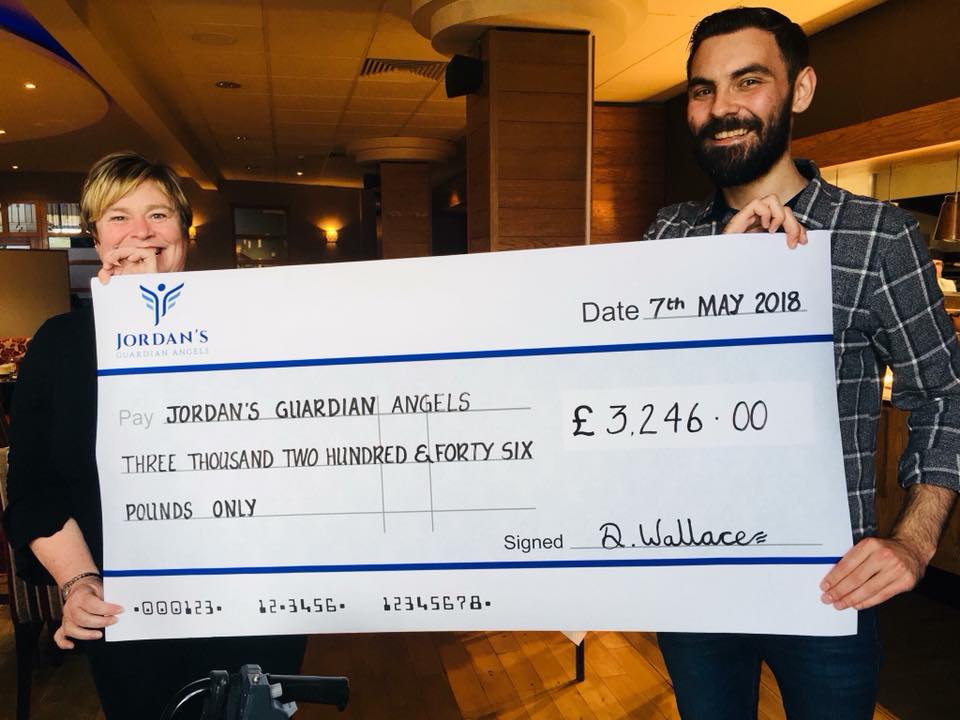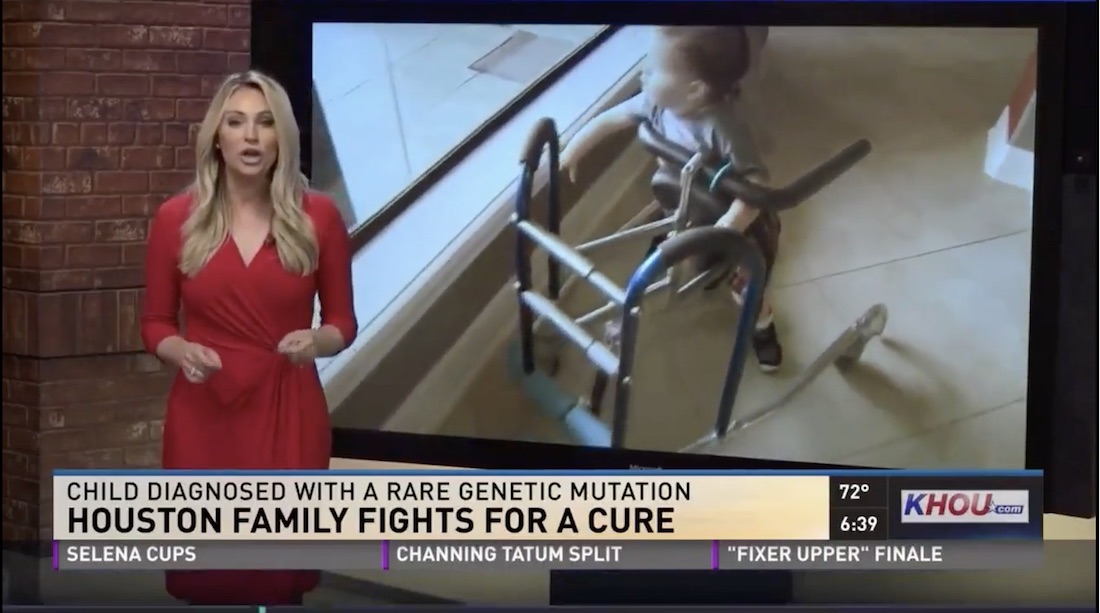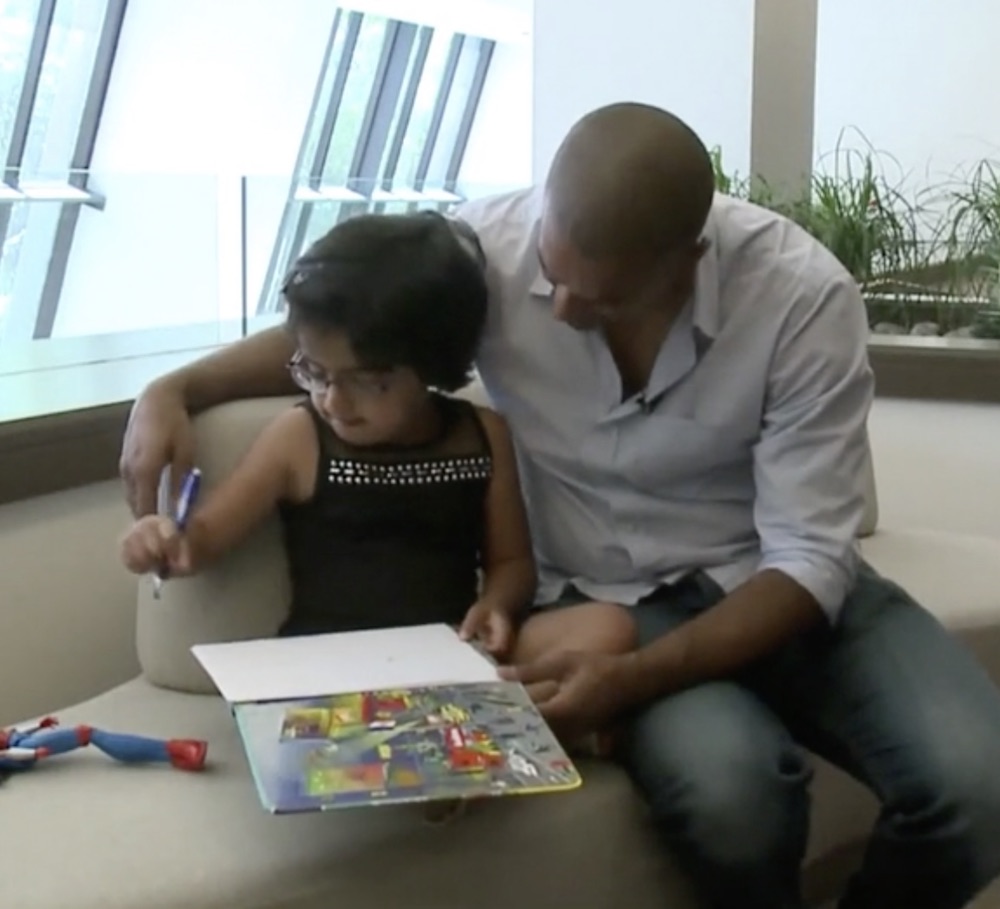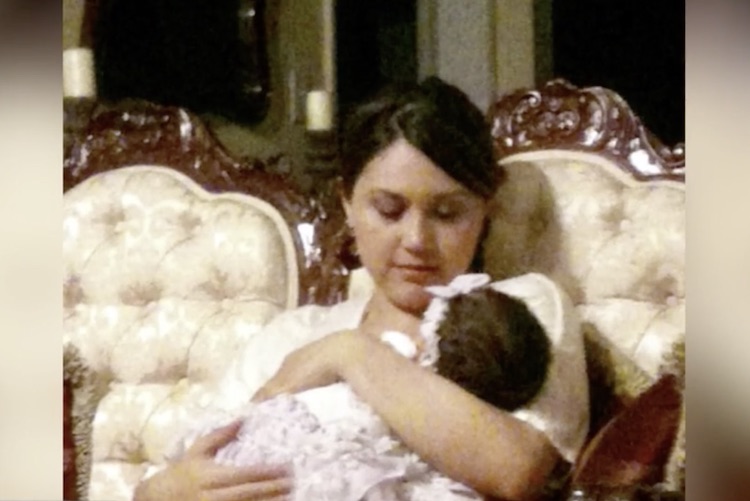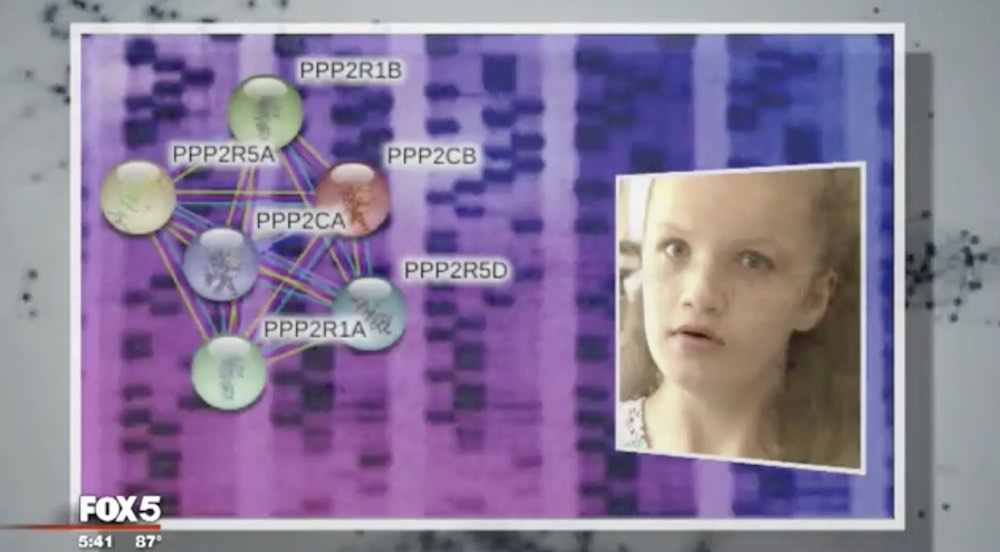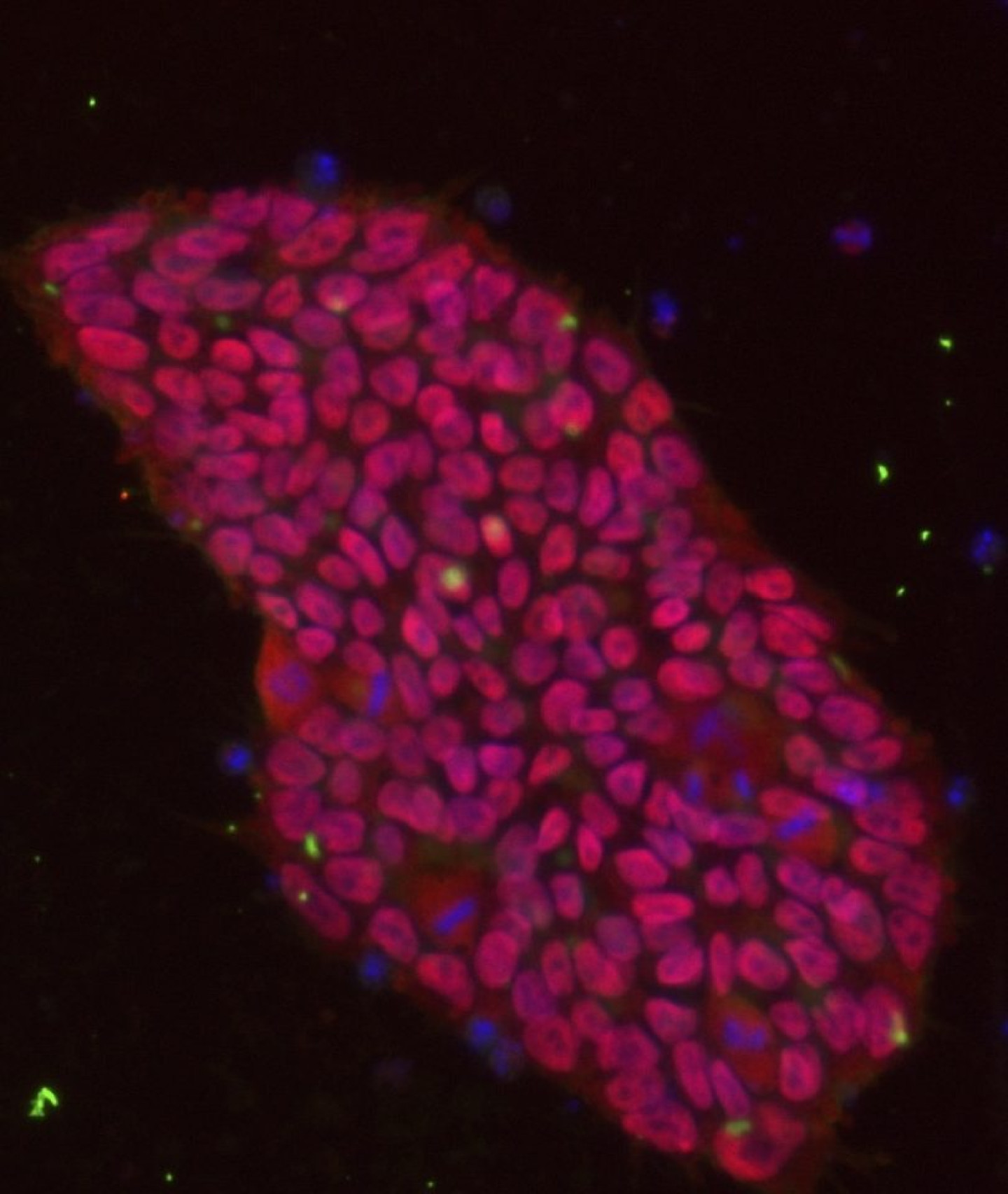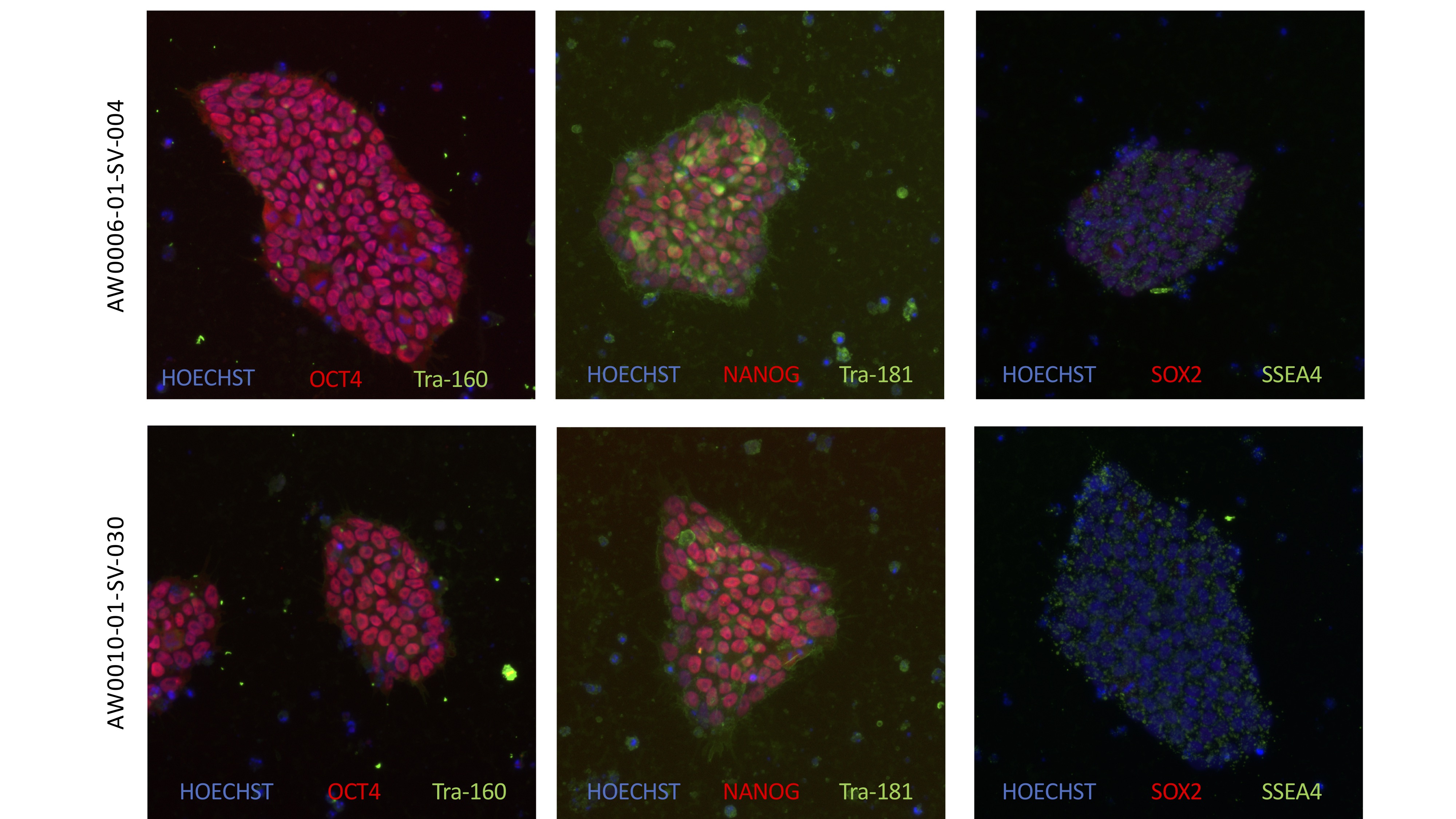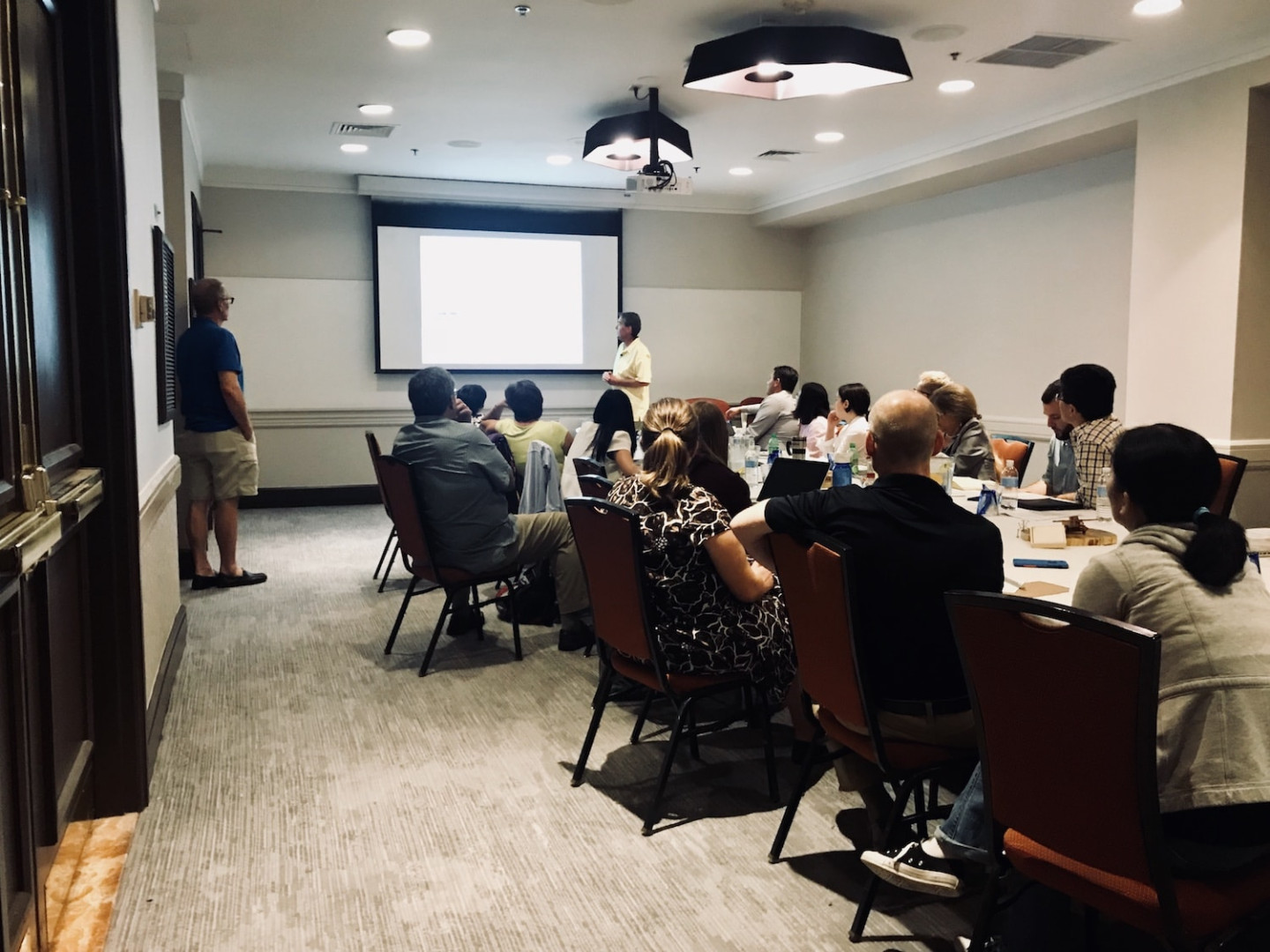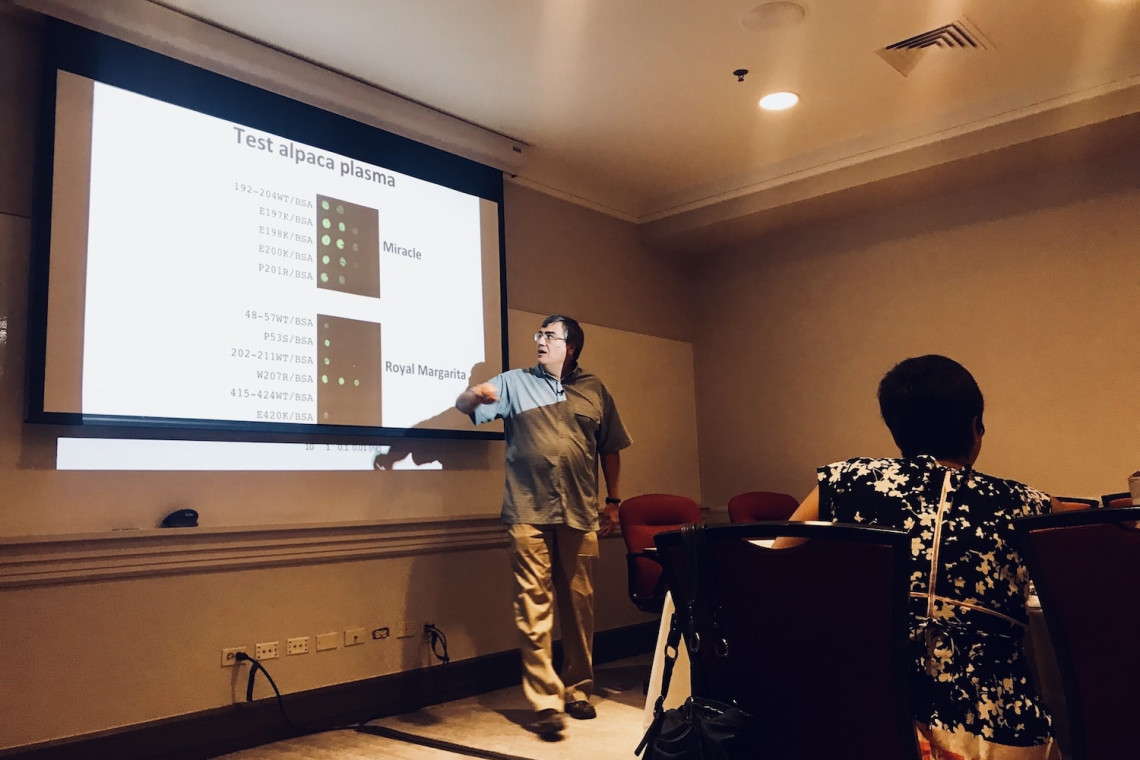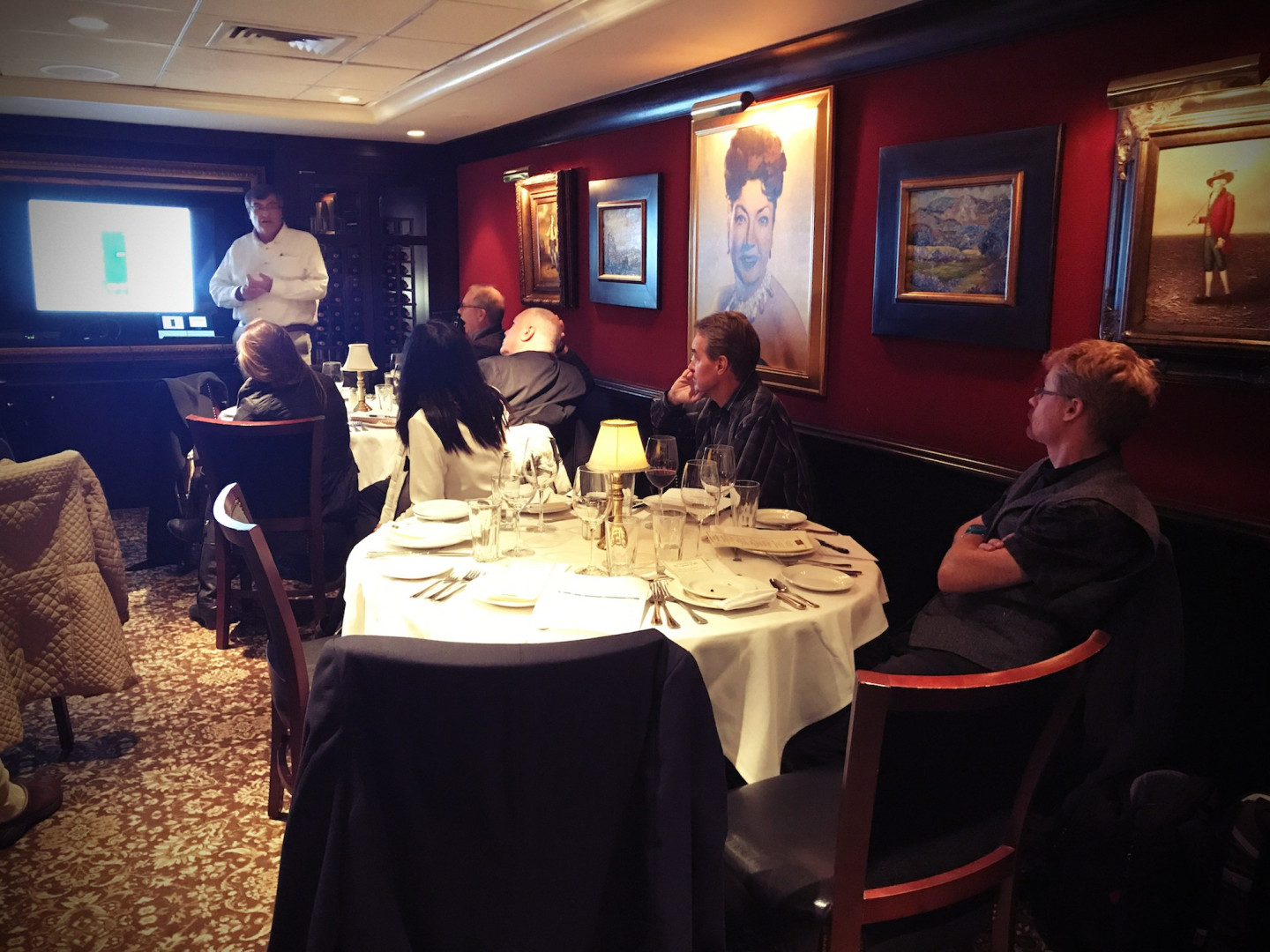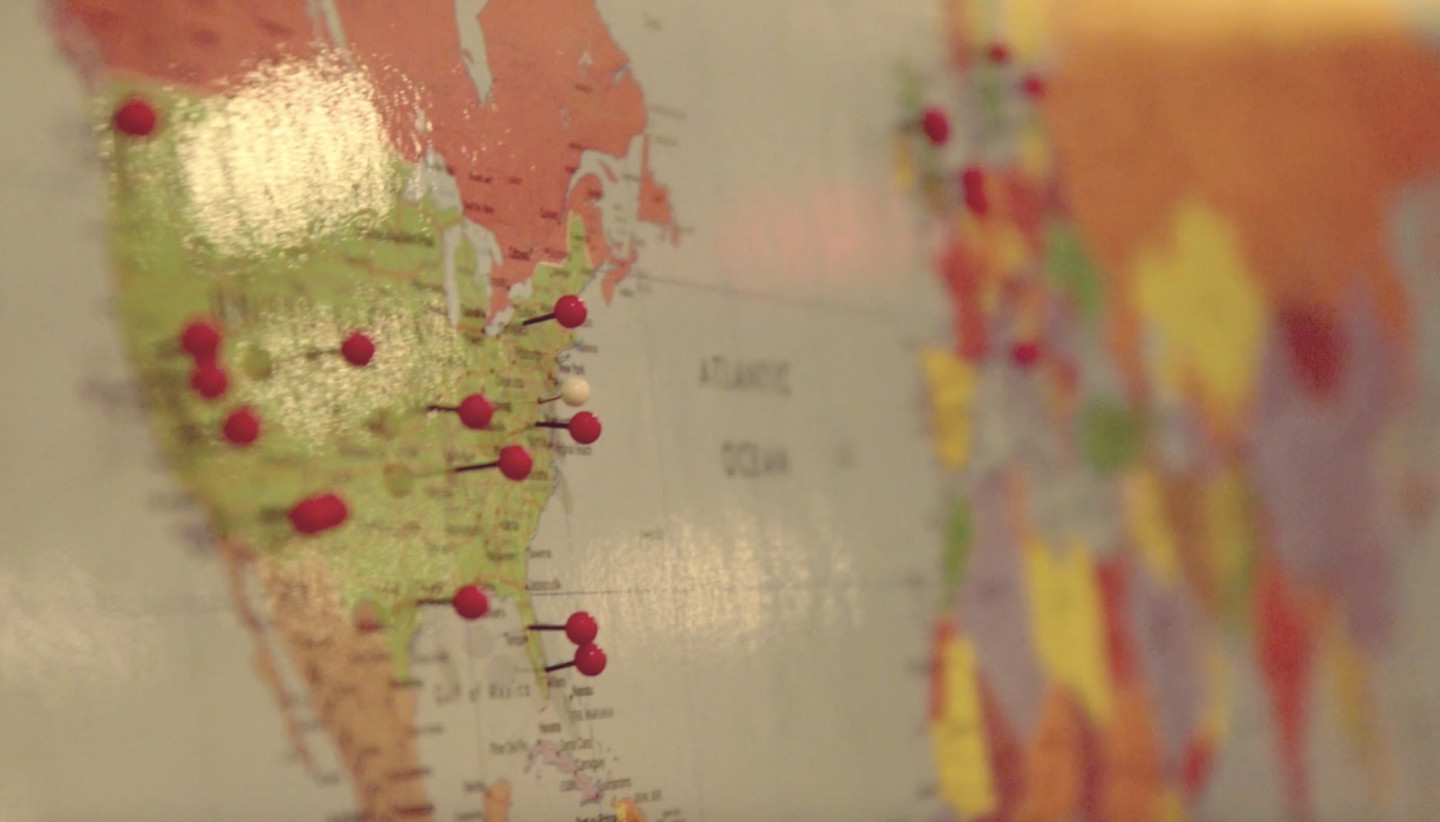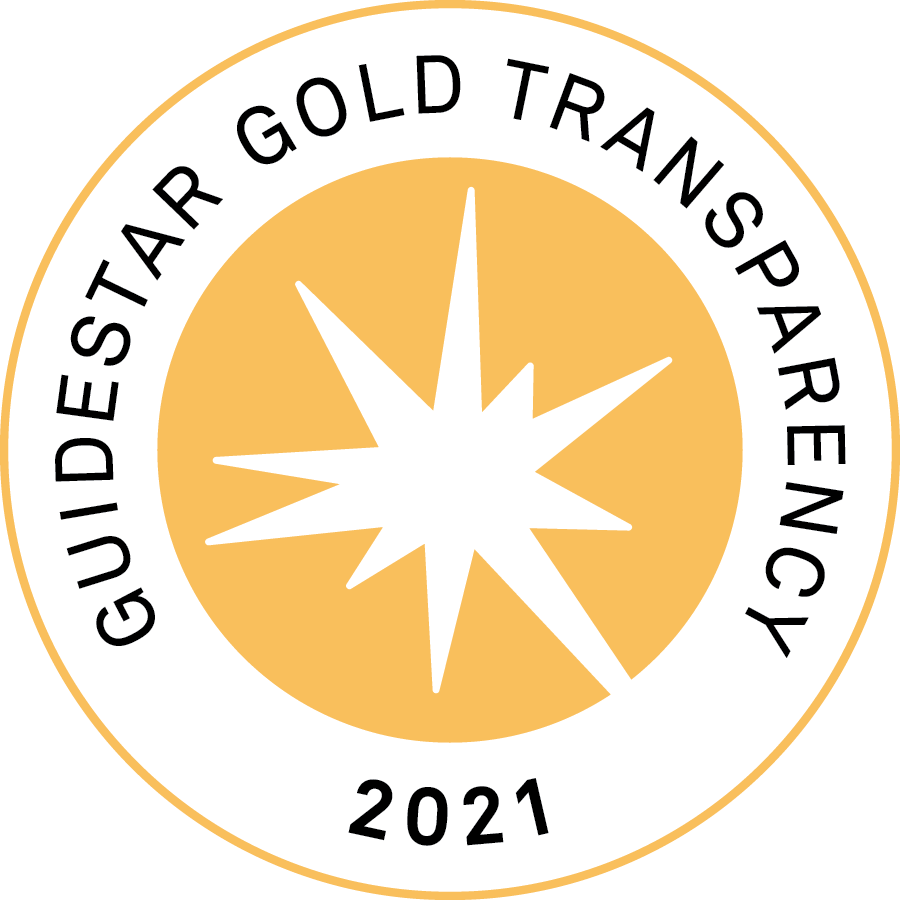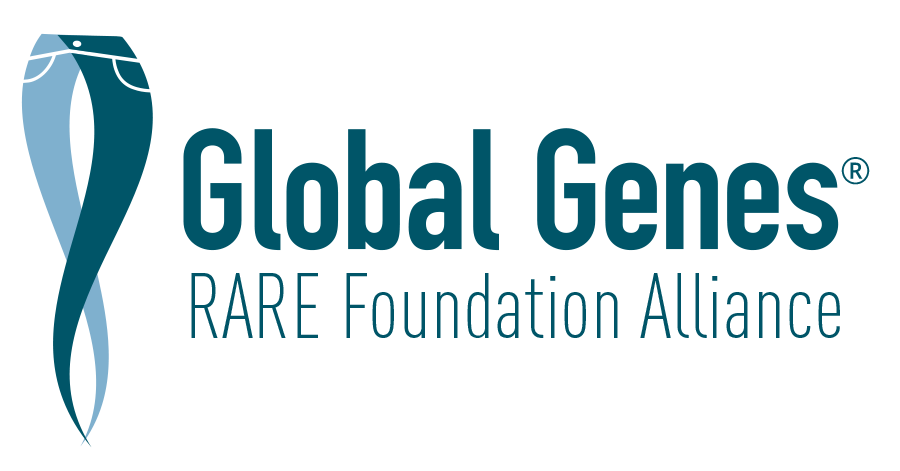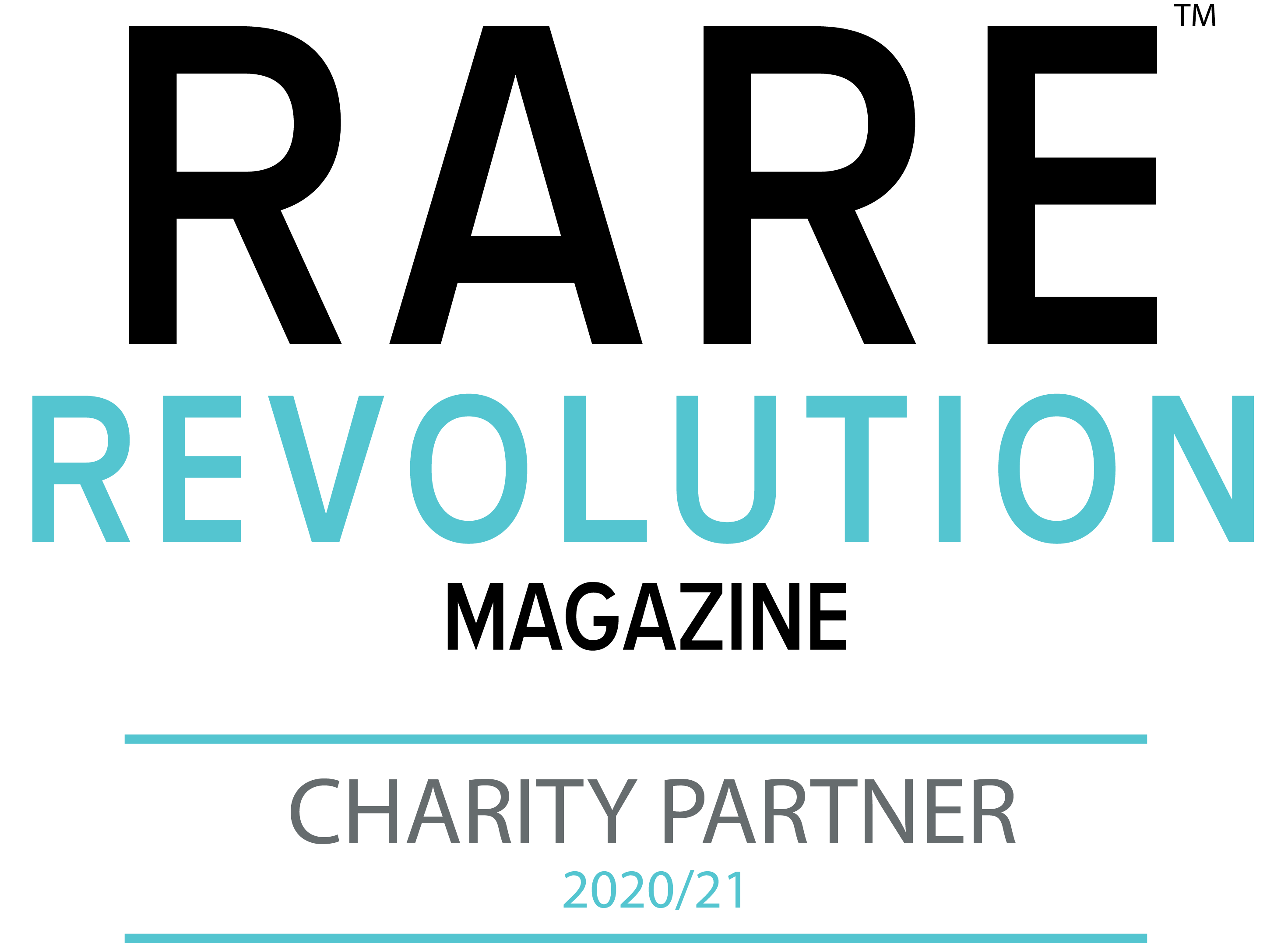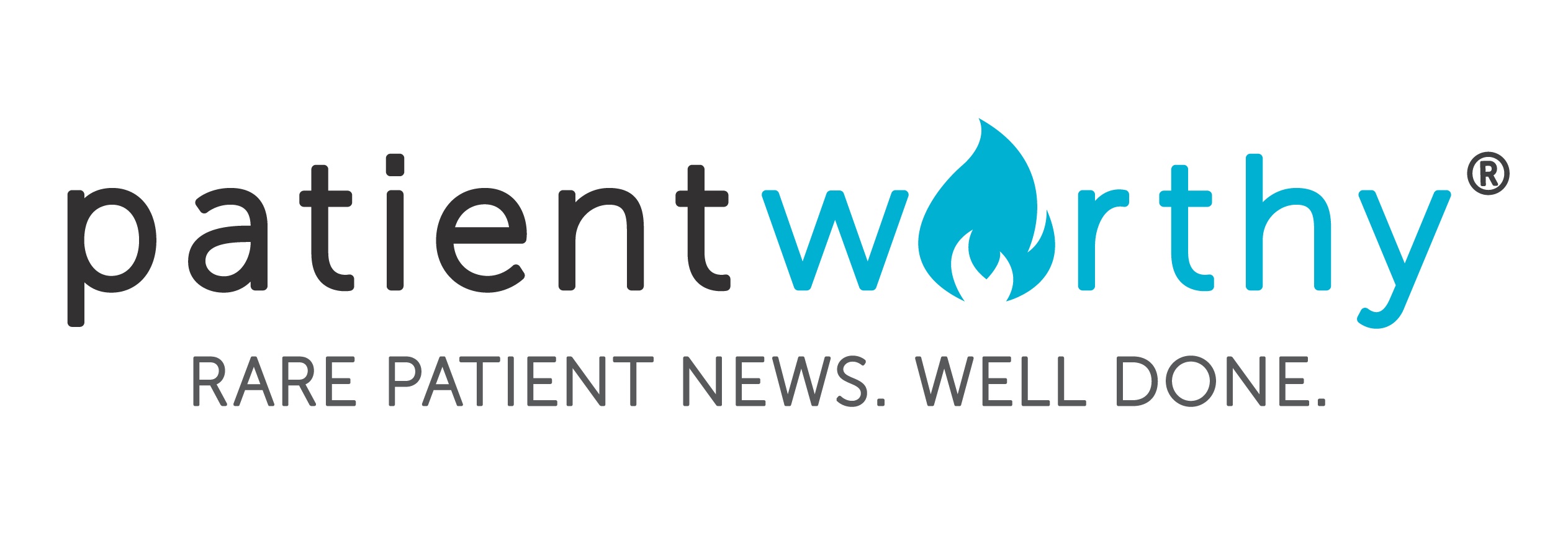Our 2022 Family Conference was incredible not just because we had the opportunity to come together, but because we had to in order to move our research forward. An incredible amount of data was collected.
Sean Calamia, of Dr. Wendy Chung’s team at Columbia University, is one of the many individuals leading the efforts in collecting data for the Jordan’s Guardian Angels Natural History Study. As we wrapped up conference in July, the JGA Team asked Sean to give a rundown on the data collection process and its impact on future clinical trials. Here’s a look:
What is the purpose of collecting clinical data?
1. To better understand and to see the phenotypes, or observable traits, of the genetic disease. If we see a symptom present in greater numbers of people, we have a better idea of what is going on. Conversely, if we see less consistency of a phenotype within the population, then we can readjust.
2. It is required for clinical trials. A few years ago, the FDA made data a necessity for drug development and treatment. Therefore, for us to move forward with gene therapy as well as receive funding and approval for clinical trials that aim to treat a rare disease, we need to collect the data and understand the impact of the genetic misspelling. It could be systematic or molecular and we need to be able to identify what we expect to target and what we expect will change. Since rare diseases have a smaller population of people to collect data from, the FDA even more so wants us to have a good robust cohort for information, which makes it critical for us to do things as soon as possible.
What is the significance of this past Family Conference?
At our July Family Meeting, we got about 50 participants enrolled in the study, which is a great number. Depending on how big of a population is needed for rare diseases, it may be enough to move forward with clinical trials.
What are the immediate next steps after the Family Conference?
We just finished collecting the data and are planning to clean and process it.
What is the timeline for clinical trials?
We first want to make sure we are coming up with multiple avenues of therapy to rescue the rare disease. The scientists and physicians from the conference want to spread out resources across the potential avenues of therapy after the data has been processed.
What is the Natural History data?
It captures what is going on in a patient’s life at this point. For other studies, there is an online Natural History Study which is more of a medical history study that personally accounts for what is going on in the patient’s life. We are developing a new version for approval that we hope to use for Jordan’s Syndrome population within the next six weeks or so.
What are some updates on the Natural History Study?
The data has been collected, which makes up a large part of the work, but will still be continued. Usually, data for the Natural History Study is collected once a year as we do not expect to see significant changes through frequent collections. Since it is a longitudinal study, data will be collected until we reach clinical trials and even past that. With previous findings, we have learned a lot such as that some things are not having the negative impact we hypothesized, which is very good news.
What have been some barriers to data collection?
Funding the trip is a barrier since the data collection occurs at Columbia University and we do not want families to have to financially support the case and fund their trip. There was never a problem in finding participants or getting families motivated as the families have always been unbelievably motivated to contribute.
What is a take-home message for all the families?
While we may not be at the point of clinical trials or have therapies to be tested right now, our current priority is to get all the Natural History data set up for those goals. The best thing you can do right now is to share all the information you have.
##
Thank you to Sean for all of his insight and to our entire research team for their tireless efforts to find a treatment or a cure for Jordan’s Syndrome.
